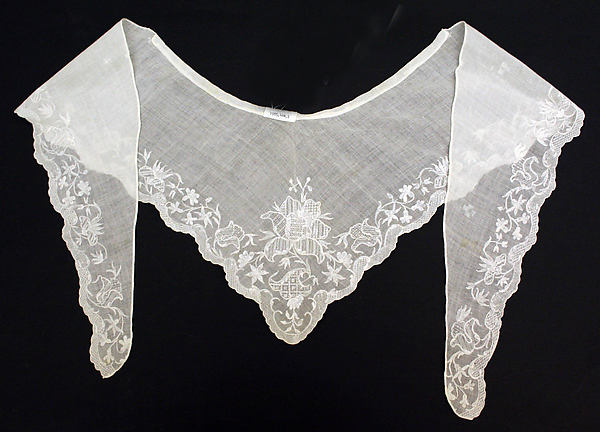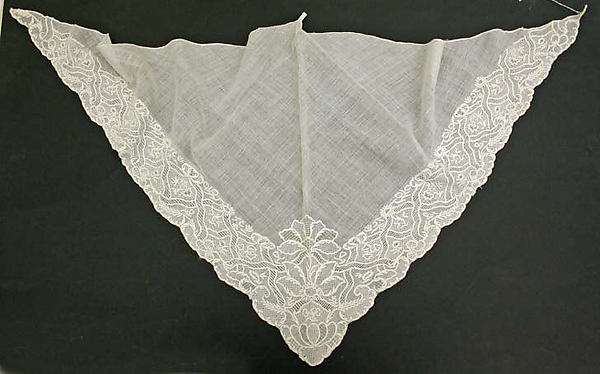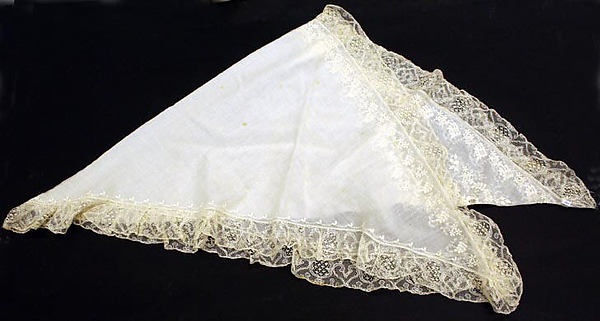A mourning outfit 1780's
This is what I am aming for, but it will take a little more time....
This is a Levite Pelisse so actualle it is a coat worn mostly on for example on chemisse a la Reine. My interpretation of this picture differs a little bit or perhaps quite a lot, but that way I can wear the outfit more...
To worn under I will make a petticoat and a pierrot jacket, something like in this picture but the petticoat will be like in the picture above. So it will be cotton with black dots and I think I found a perfect fabric for it (though it coud be a litte thicker). The petticoat in the mourning outfit is silk sateen with somekind of dots, so there's the first difference. The fur in the petticoat is removable...
Second difference will be the fur. I counted from the picture that there were 70 or even 100 ermine tails - which means I should be enormously rich and violent - so I use fake fur. I think using vintage fur is just as bad as making a new one, so I will never use that stuff. I know I know - I eat meat and wear leather shoes, but that's me... still having troubles about using silk.... anyway, since there were no ermine-looking fake fur anywhere I looked for I used white and made the tail with a black permanent marker. Note to myself - always sniff the marker first and if it's ok, the use it. The one I used had the strongest smell (not a good one!) and my sewing room had that smell for three days (don't know if it's gone or I'm used to it....)
real ermine collar my version
Third change will be about the fabric of the pelisse. In the picture it was made from silk sateen (if I understood it right) but I will make it from the thinnest loveliest wool. Since hey, this is Finland after all.
Forth change - the text in the fashion plate says nothing about a muff, but it sure looks like one, and muff there will be!
For the challenge I made a petticoat and a muff
The Challenge #9: Balck and white
Fabric: white cotton with black dots, white fake fur
Pattern: basic stuff
Year: 1780
Notions: cotton thread, black cotton ribbon, white cotton ribbon, black permanent marker
How historically accurate is it? Not very much, I used sewing machine a lot
Hors to complete: muff - about 1,5 h, petticoat a lot more (hemming...)
First worn: not yet
Total cost: so far about 40 € (but that includes the pierrot jacket fabrics and notions)

















































